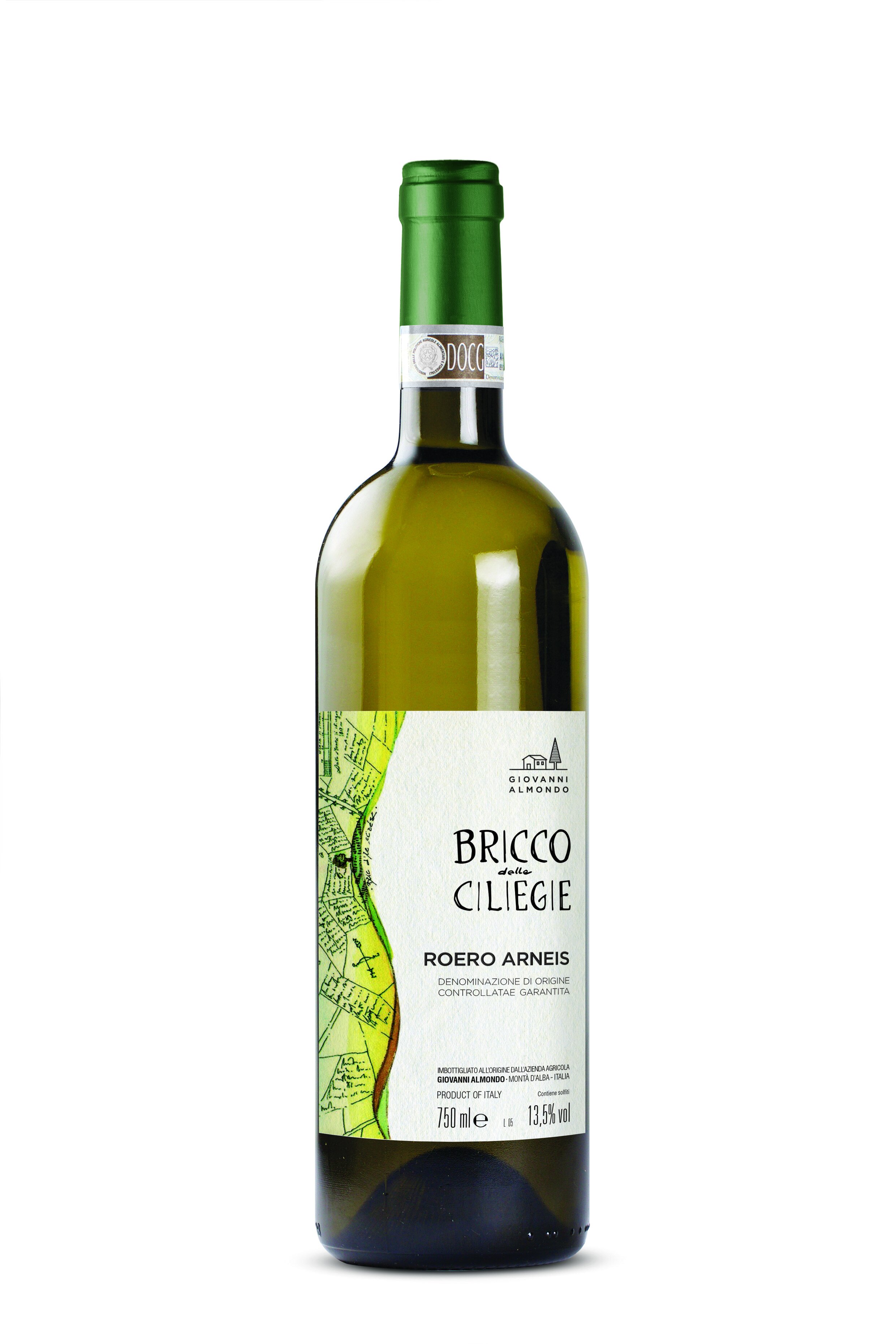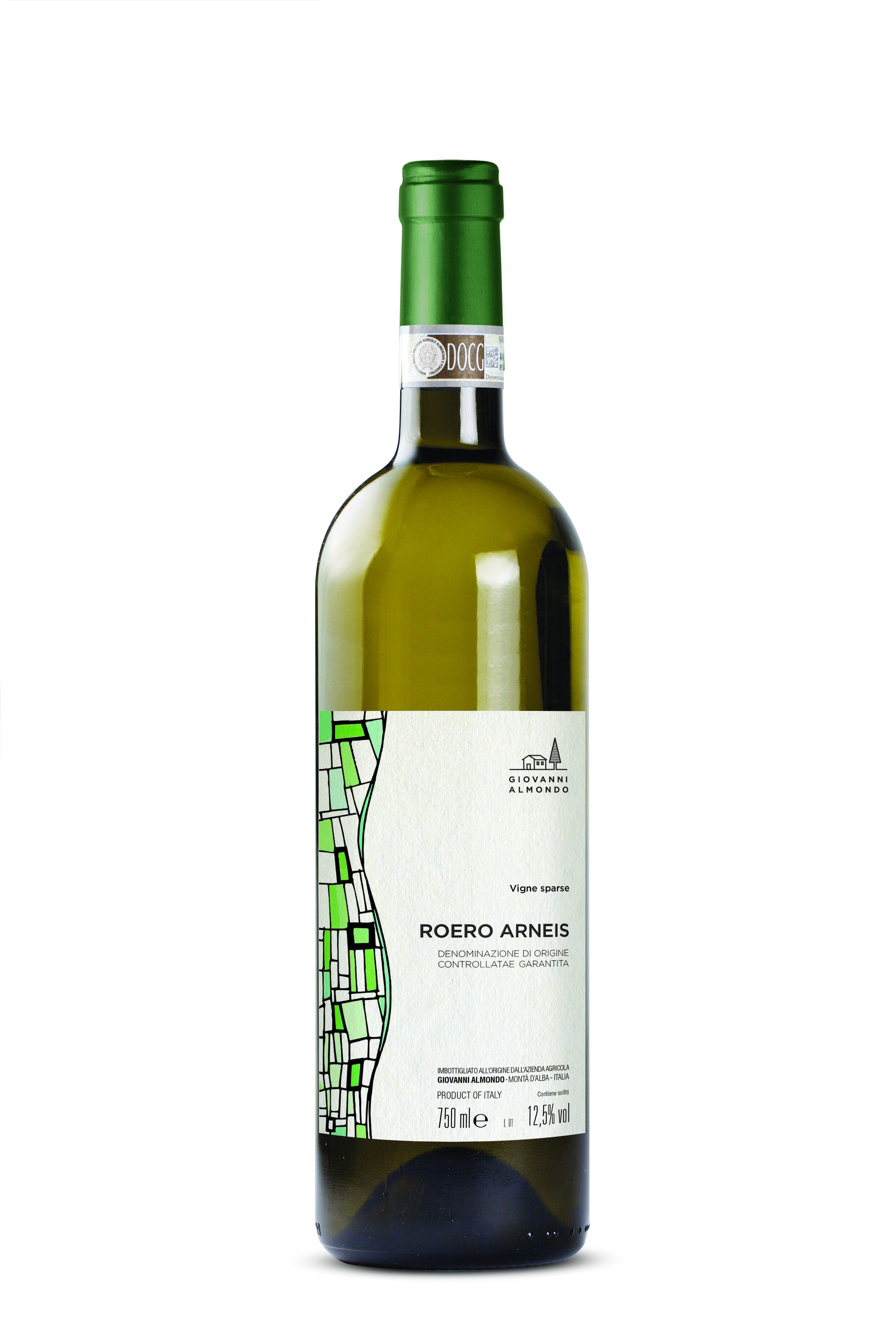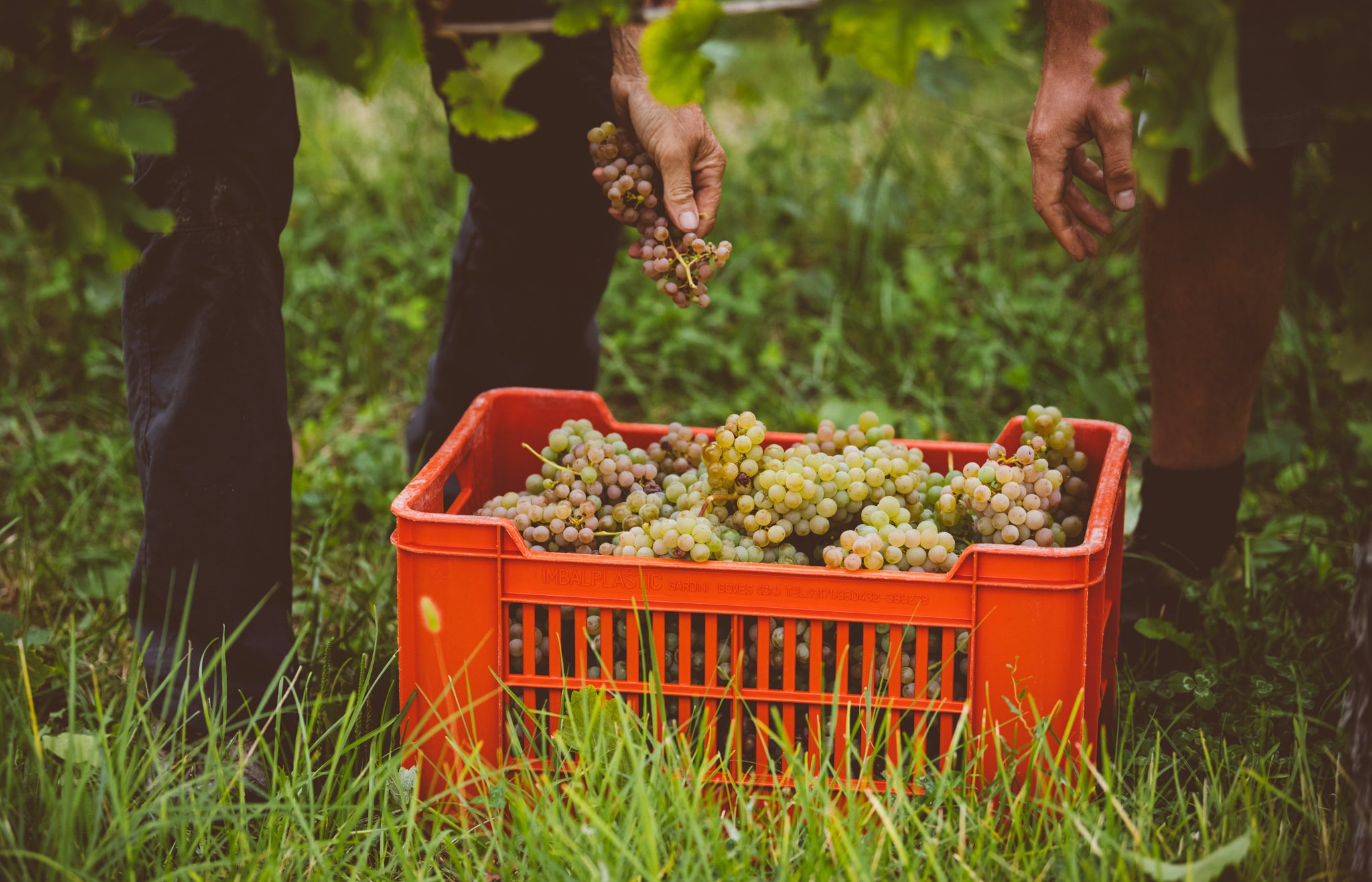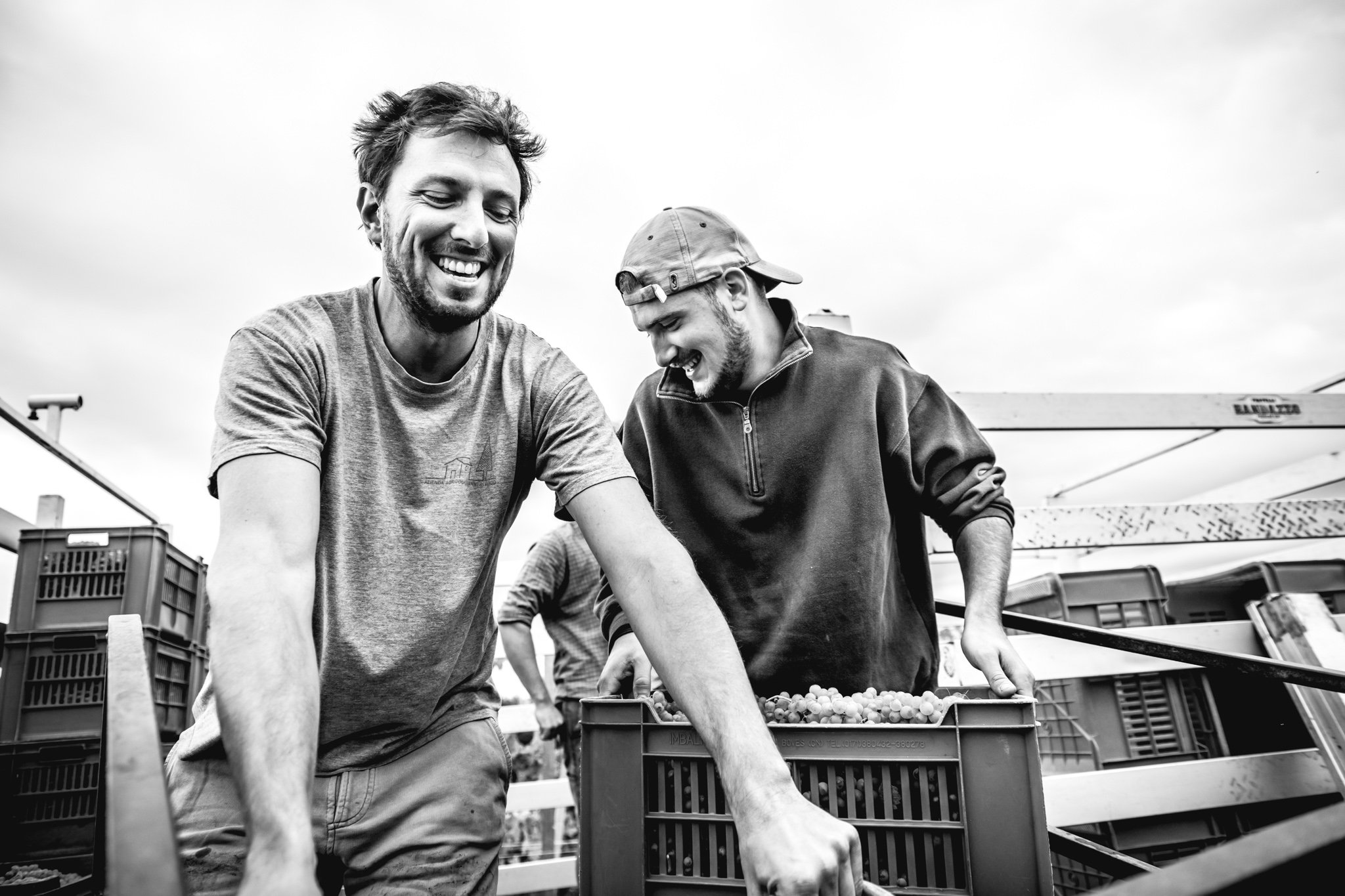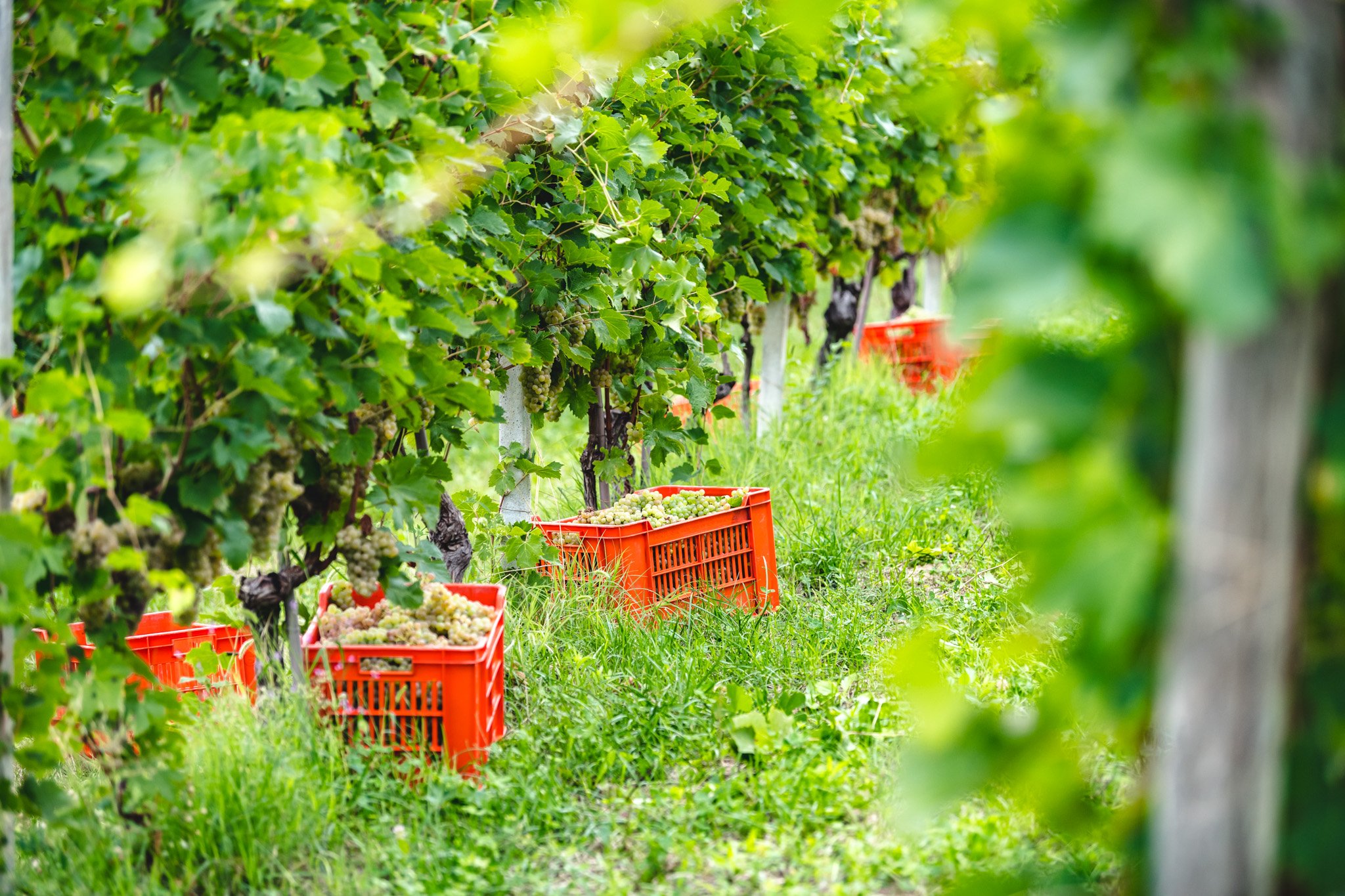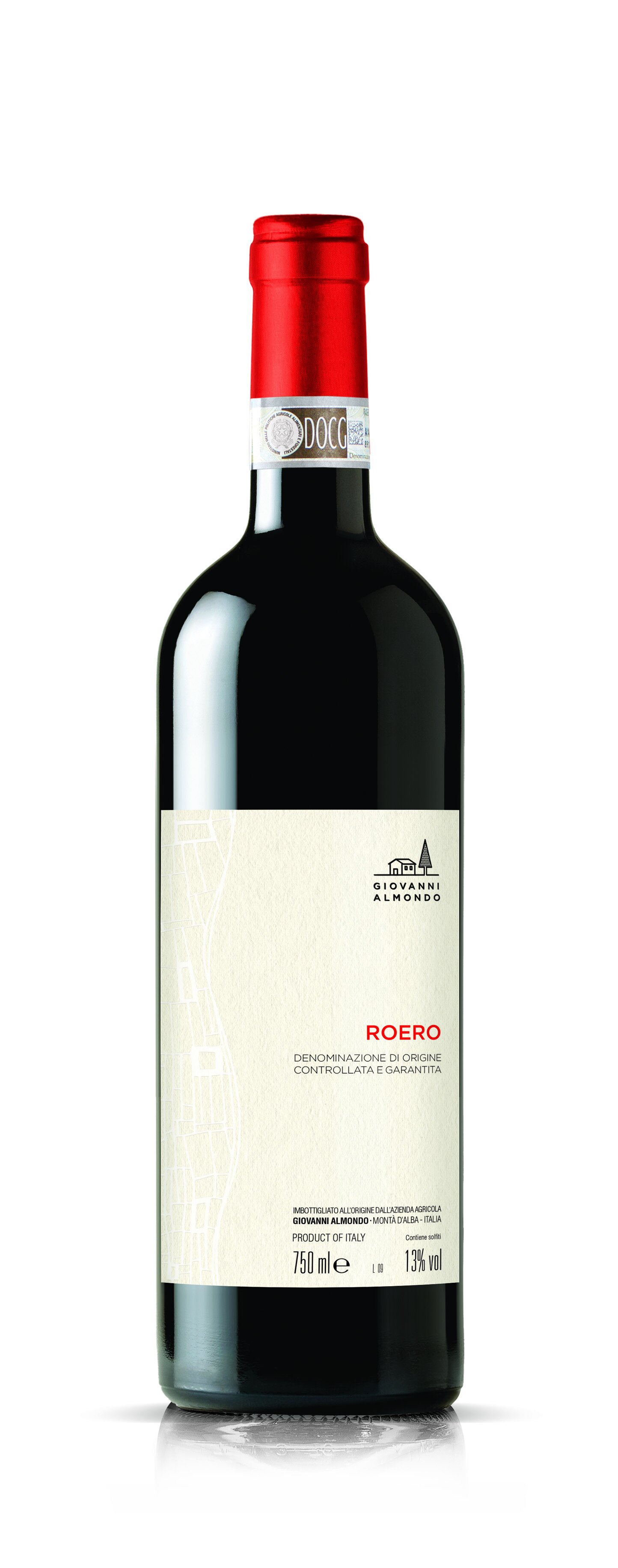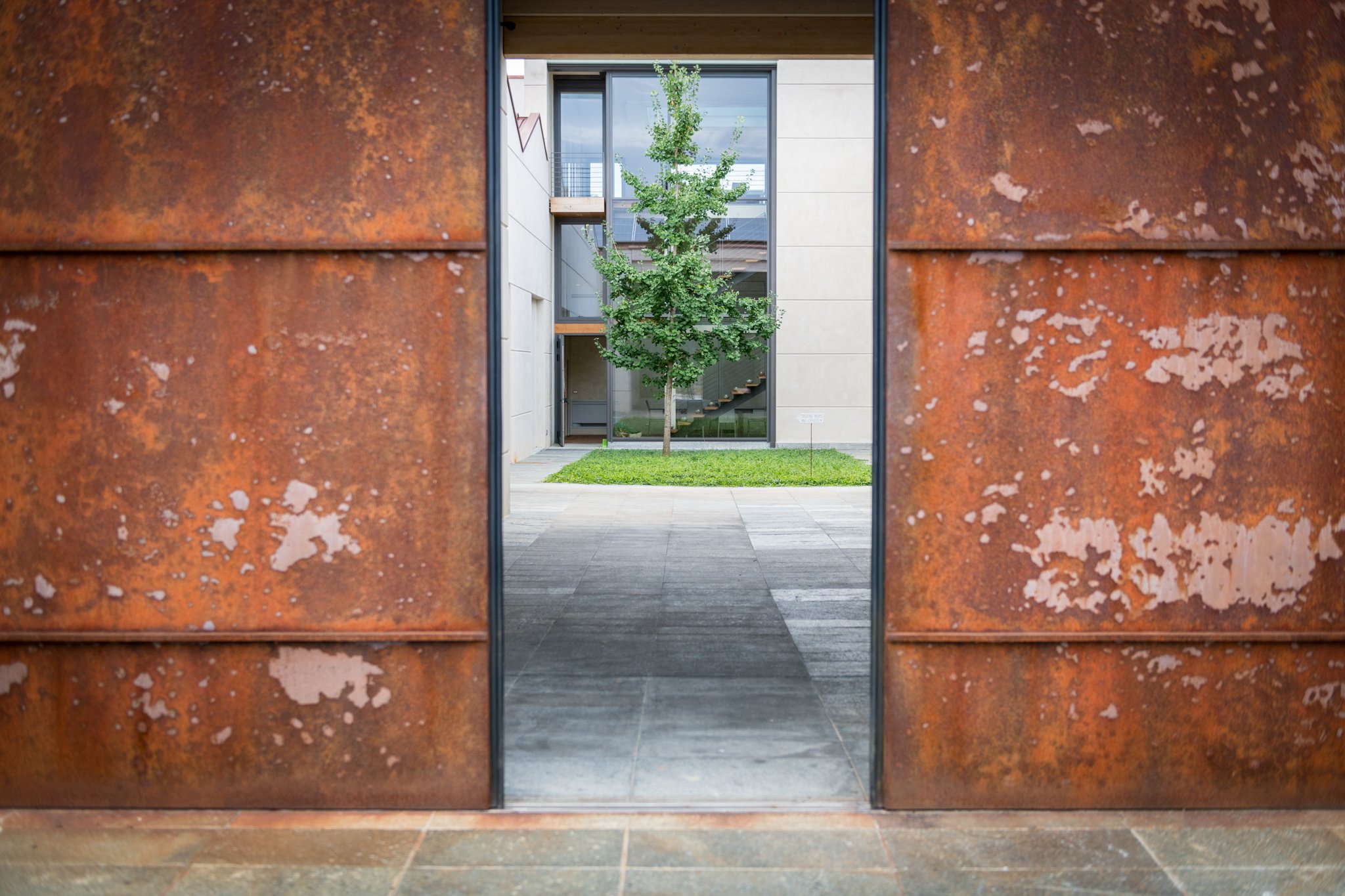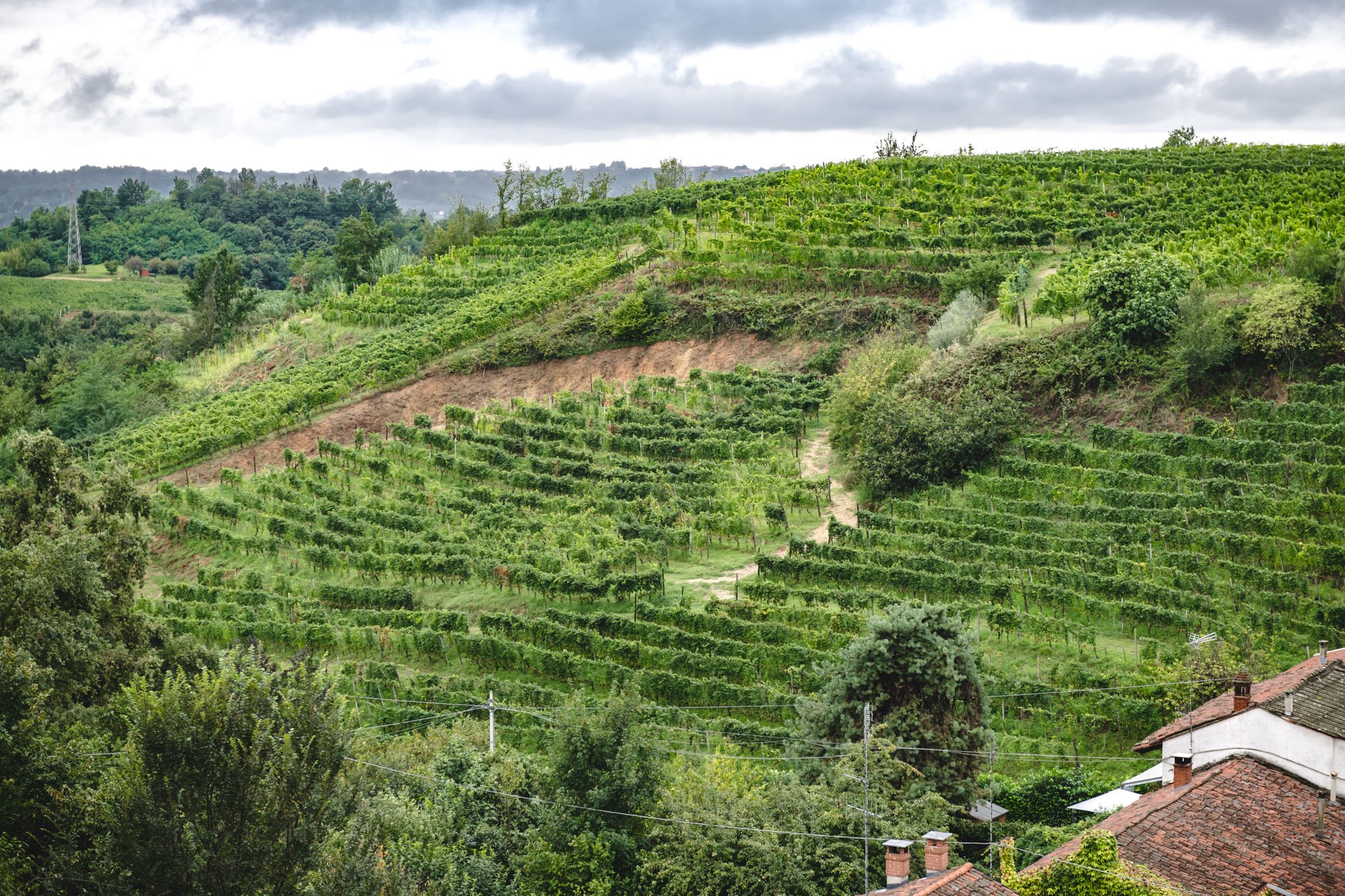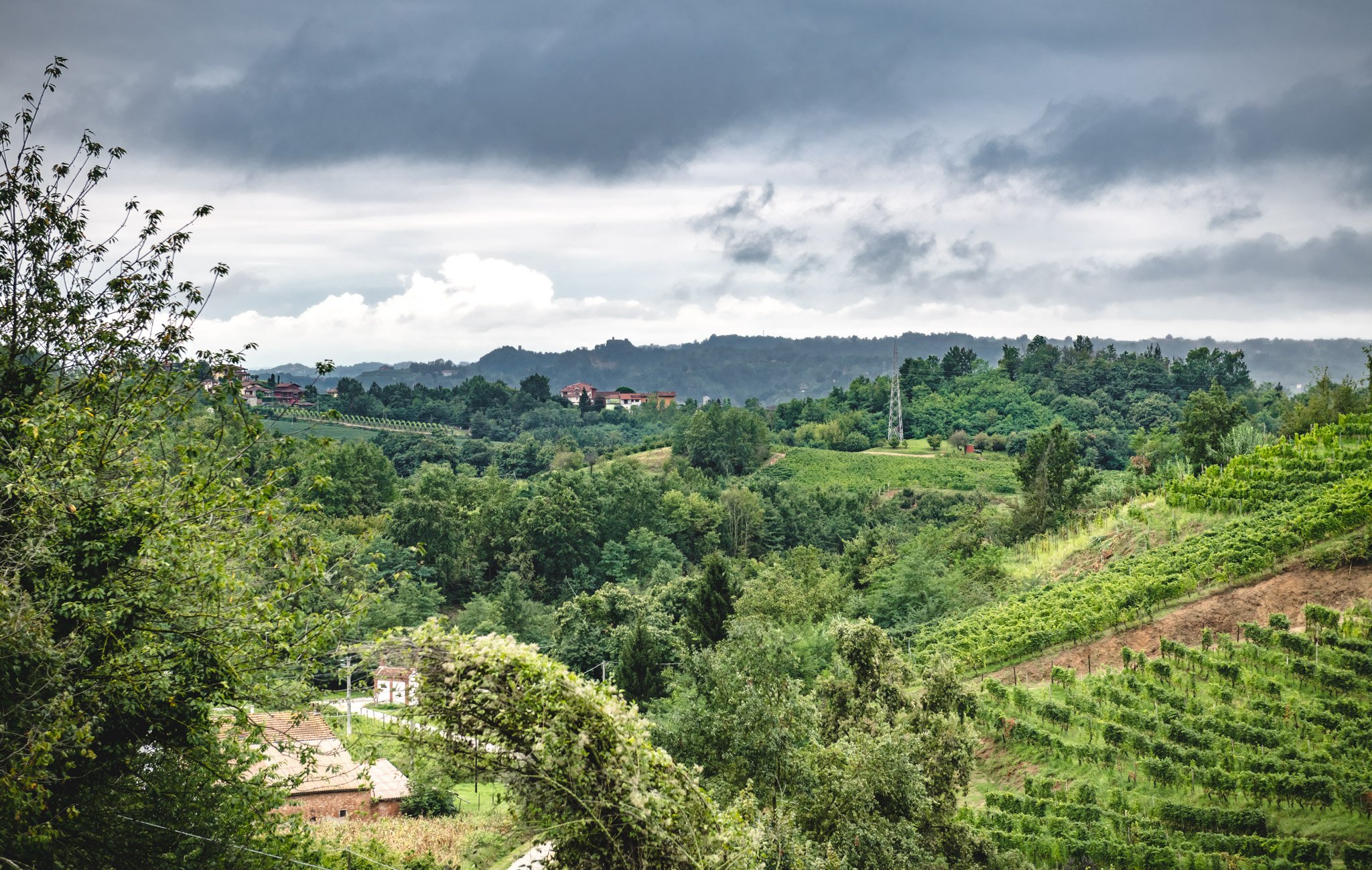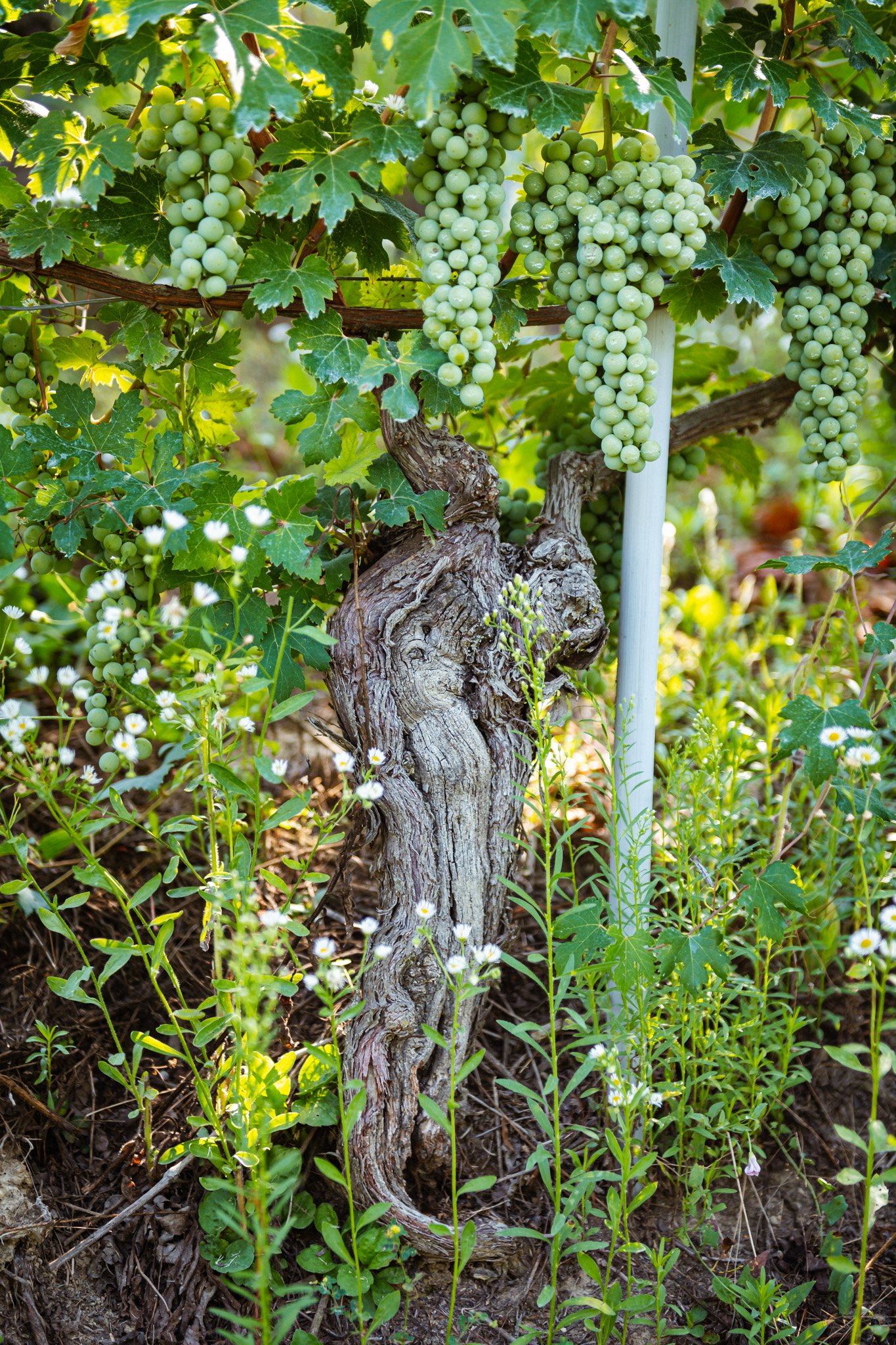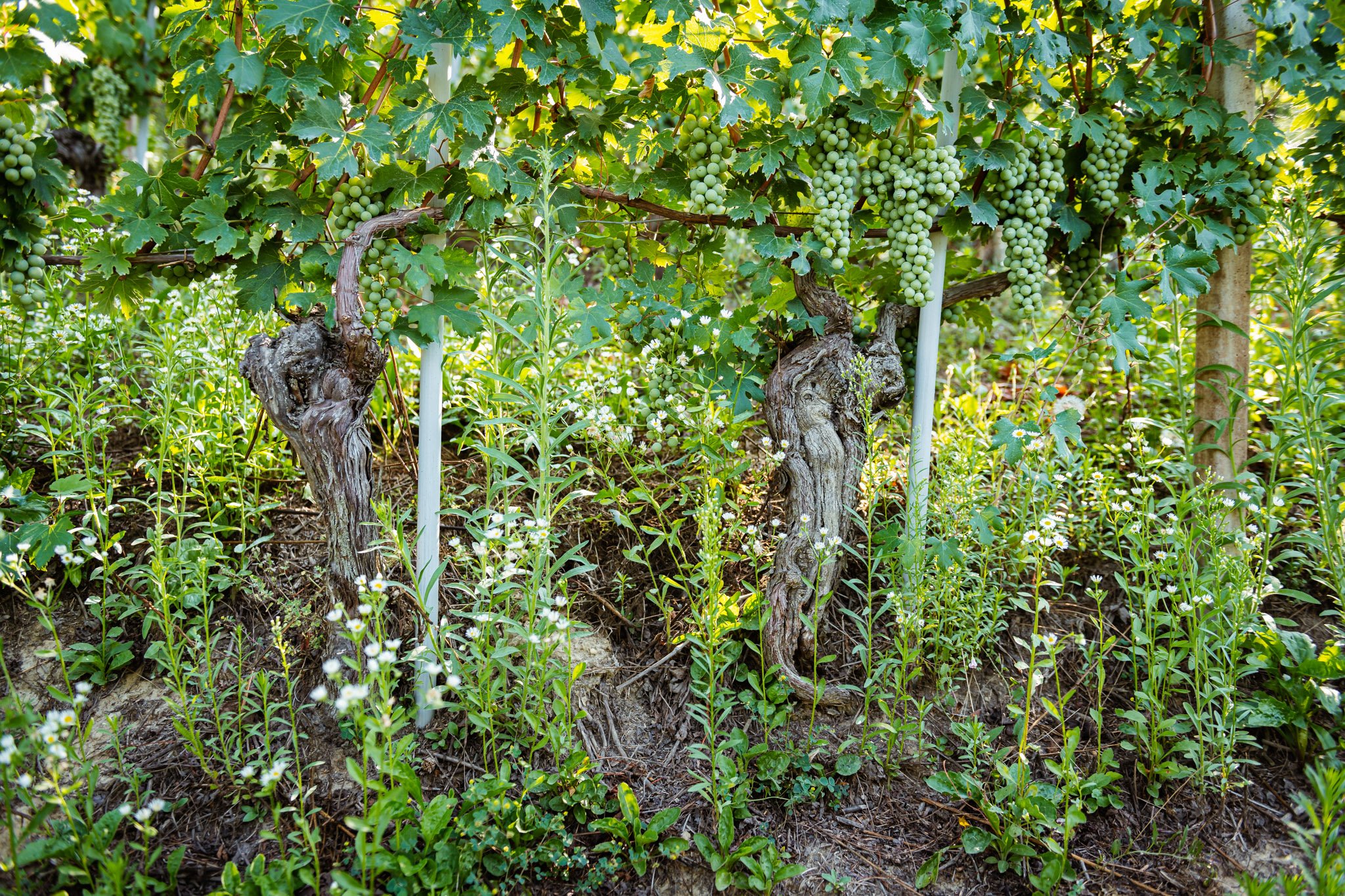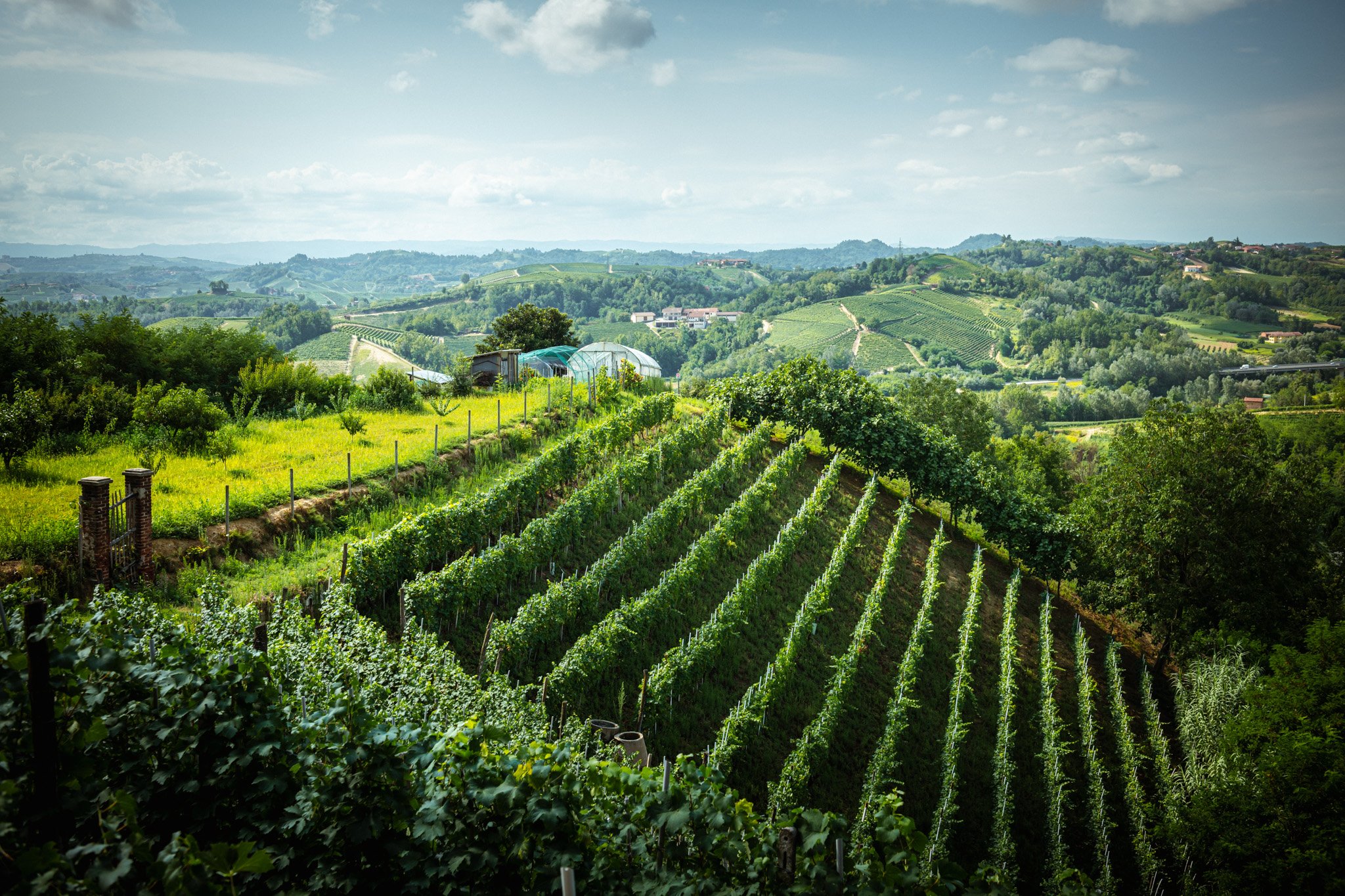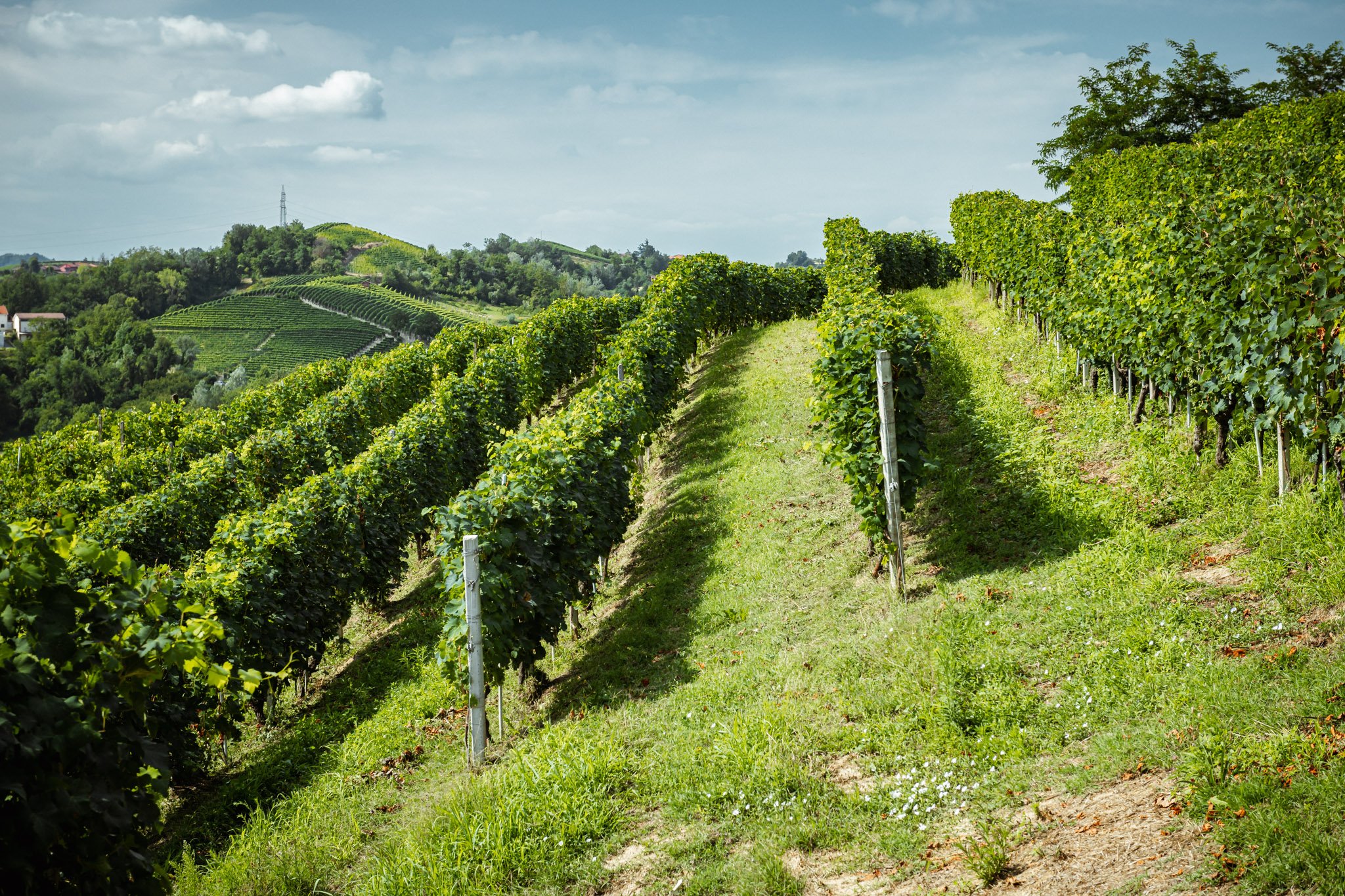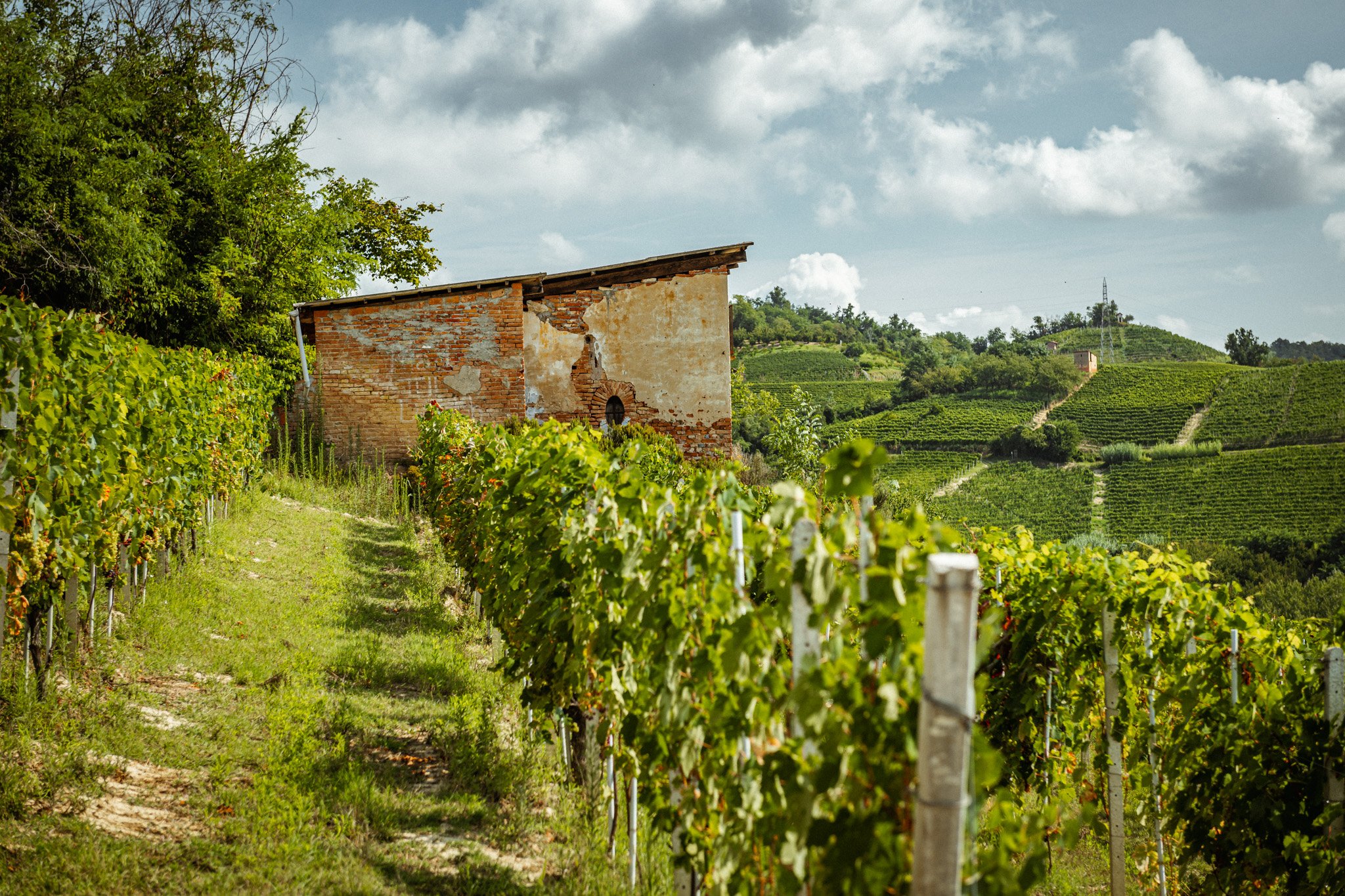Giovanni Almondo
About Giovanni Almondo:
The Roero wine-producing region, on the other bank of the Tanaro river from the famous Barolo and Barbaresco appellations, is one every wine lover should know. Arneis, an extremely useful mid-weight white wine, is grown here, as are some of the most drinkable everyday wines made from Nebbiolo. Arneis is a grape variety that is indigenous to this part of Piedmont, and that very nearly died out. Some decades ago, when there were only a few rows of the variety left, Alfredo Currado of the Vietti winery decided to take a chance and make a small commercial bottling of Arneis. It was a hit, and now it is the flagship of this part of Piedmont, although producers here make excellent Nebbiolo too. (Some famous Barolo and Barbaresco producers own vineyards in this area, and make red wines that complement their more age-worthy bottles.)
Domenico Almondo and his sons Stefano and Federico make the best Roero Arneis. (The estate is named after Domenico’s father.) Their Nebbiolos are excellent, but their Arneis bottlings transcend the type, showing the typical herb and pit fruit aromas and flavors of the variety but with a much more interesting structure than most, almost like bone-dry Riesling. There are three bottlings, Vigne Sparse, Bricco delle Ciliegie, and Le Rive del Bricco; all of them are estate-grown and fermented in stainless steel. These are savory, restrained, mouthwatering white wines.
How about red wine? The best Nebbiolos from the Roero have the same relationship to the wines of Barolo and Barbaresco that Mercurey has to the the wines of the Côte d’Or, which is to say they don’t reach the same exalted heights as their more famous neighbors, but are a lot less expensive and can be drunk much earlier. Which is to say if you’re a wine drinker, rather than a wine collector, you will be enjoying them often. In the last few years Almondo has moved back to fully traditional Nebbiolo winemaking, with longer macerations and aging in large barrels, and the combination of these cellar techniques with great farming makes great Nebbiolo.
_____________________________________________
the wines:
Vigne Sparse Arneis
Almondo’s estate Arneis comes from three different vineyards, hence the name ’Vigne Sparse’, or ‘scattered vineyards.’ These vineyards include both sandy soil and clay. The Vigne Sparse is fermented and aged in stainless steel tanks.
Many commercial examples of this variety contain noticeable residual sugar, but the Almondo family has gone in another direction entirely; this wine is dry, bright, distinctive, very mineral, very focussed, and absolutely mouthwatering. The wine is pale straw in color with a faint hint of green and shows aromas and flavors of apricot, herbs, wet stones, and citrus rind.
Briccio delle Ciliegie Arneis
The next Arneis bottling is the Bricco del Ciliegie, named after the single vineyard where it is grown. This wine is very similar in style to the Sparse, but even more concentrated; more wet stone aroma and flavor, more pit fruit, more herbs. If you like good Chablis, you should try this bottle. Estate-grown, fermented in stainless steel, aged in stainless steel for ten months with about 5% aged in untoasted small barrels.
Rive del Bricco Arneis
Their very best Arneis, produced in very small amounts, is the ‘Rive del Bricco,’ made from the best part of the Bricco delle Ciliegie. This is all estate-grown; all stainless steel fermentation, with 12 hours of maceration with the skins; aged in stainless steel and 10% untoasted small barrels. This is yet more focussed and tangy than the Bricco delle Ciliegie, with a longer finish. I would age this for at least a year after release to allow the wine to open up; all the Almondo Arneis bottlings transcend the type, but this one is pure minerality and pure class. Bravo.
Roero (100% Nebbiolo)
Sandier soil than you find in the Langa, which gives generous, red-fruited Nebbiolo that is drinkable on release and excellent with say 5 years of cellaring. From three different sites, all their own; fermented with indigenous yeasts, about ten days of maceration, then aged for about 18 months in 25HL barrels (botti). This is three times the required minimum of barrel aging and helps to round the wine out and make it more complex.
Classic notes of red fruit (wild strawberry, red-currant), cedar, and tobacco leaf; suave attractive texture in the mouth. I would drink this with all kinds of foods, including grilled salmon. Pair it like a good Pinot Noir, in other words.
Roero ‘Bric Valdiana’
From a single vineyard, sandy soil but also calcareous. Fermented using indigenous yeasts; thirty days of maceration on the skins, of which a week is cold pre-fermentation maceration; aged in large barrels for about 20 months, more than three times the minimum aging requirement.
A deeper, darker wine than the straight Roero bottling, to quote the family description ‘dark cherry, menthol, licorice, spice, cedar and blood orange.’ Drinkable on release but better with 5-10 years of aging. I would drink this with beef or lamb or of course roast chicken, which makes everything taste good.
_____________________________________________
more useful links:
Visit the Giovanni Almondo website
Video Interview with Giovanni Almondo
More about Piedmont

